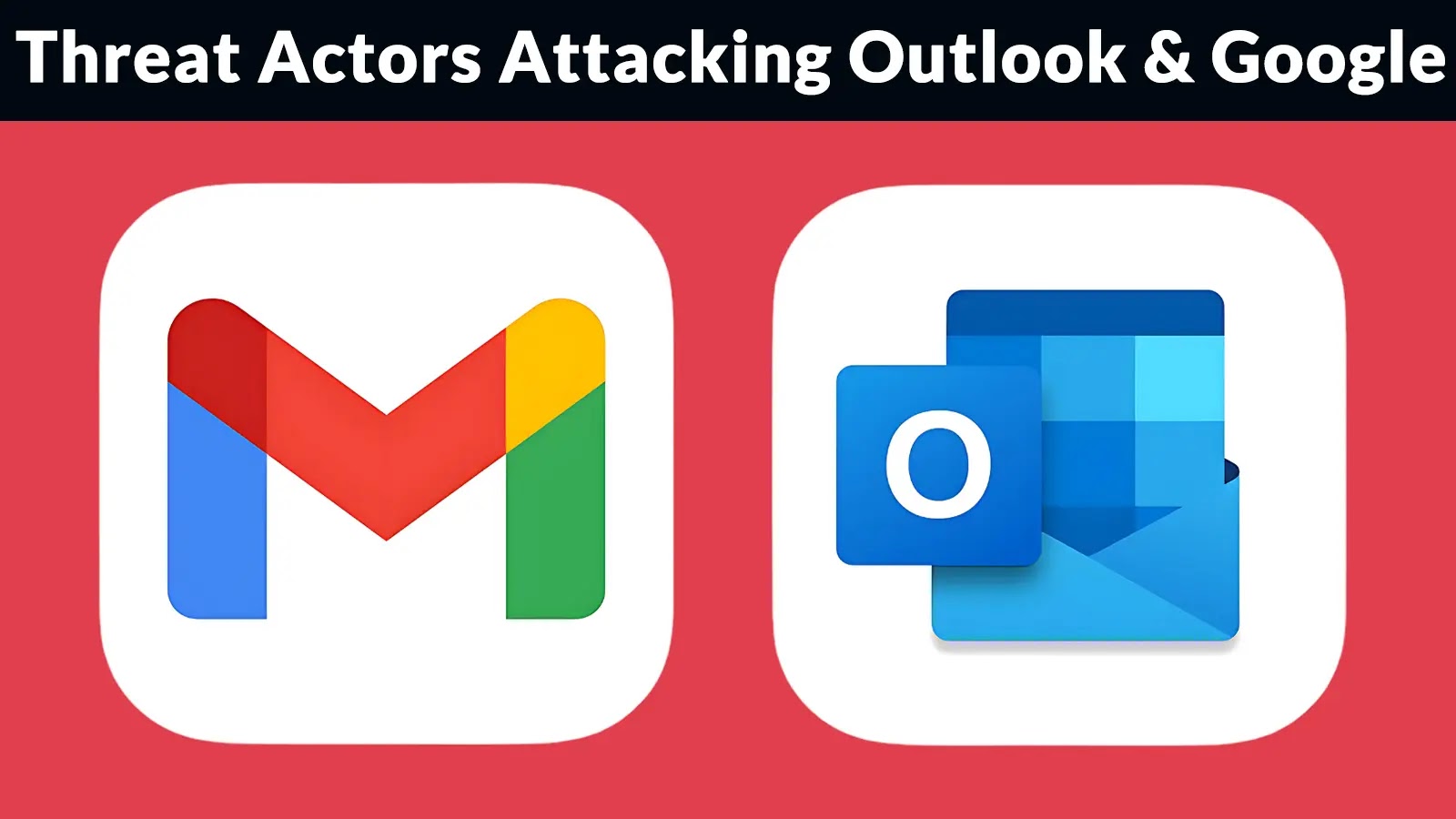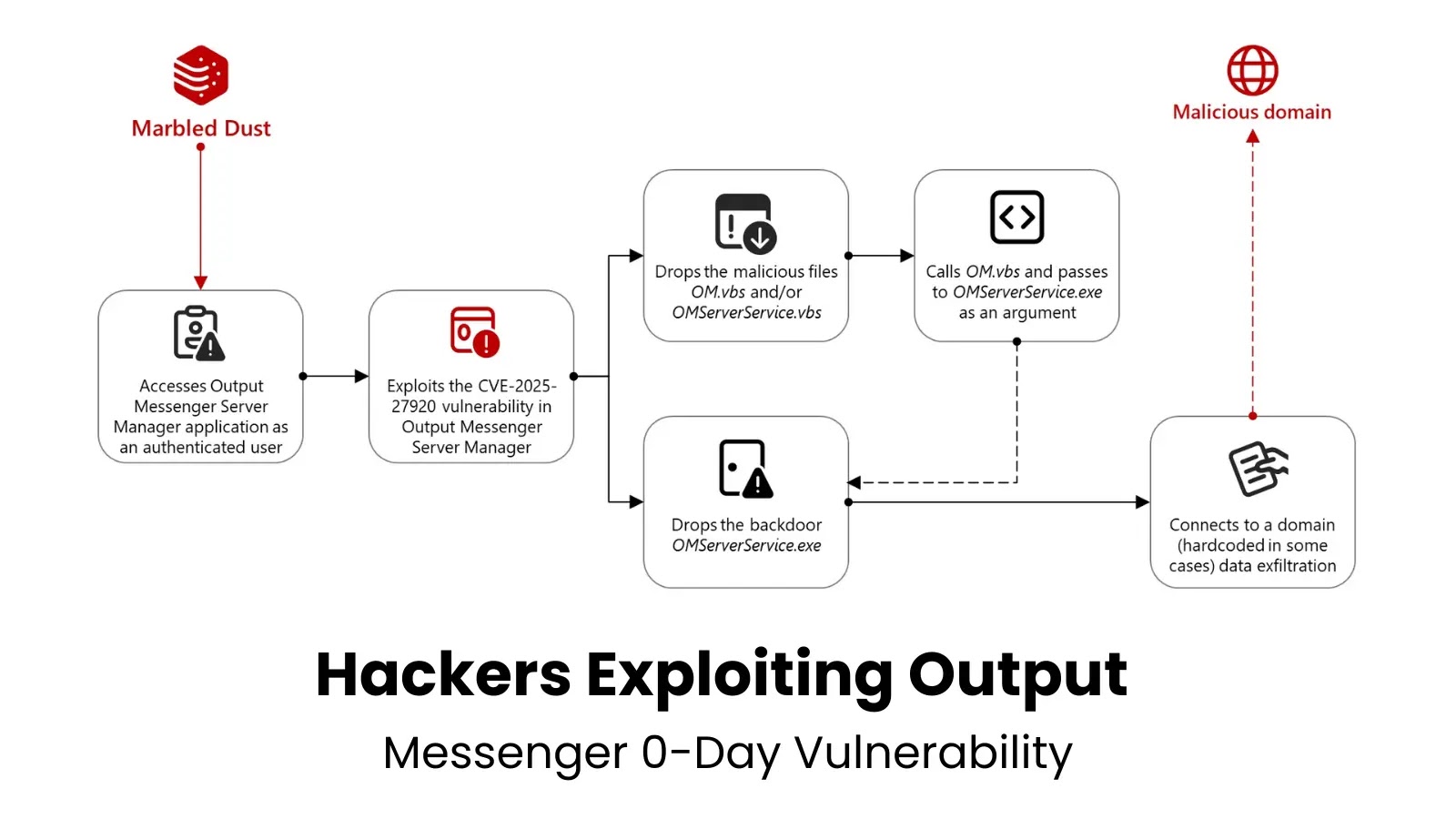Cybercriminals Intensify Attacks on Outlook and Gmail, Evading Traditional Email Security
In the third quarter of 2025, cybercriminals have significantly escalated their efforts to compromise Microsoft Outlook and Google Gmail accounts, effectively circumventing conventional email security measures. The Q3 Email Threat Trends Report indicates that over 90% of phishing attacks are now concentrated on these two platforms, highlighting a strategic pivot by attackers toward high-value targets.
VIPRE security researchers analyzed 1.8 billion emails during this period, uncovering 26 million more malicious messages compared to the same quarter in the previous year—a 13% year-over-year increase. Notably, attackers are increasingly employing straightforward yet ingenious methods to bypass traditional security layers, moving away from reliance on complex malware.
The attack landscape has evolved, with malicious emails now evenly divided between content-based threats and link-based attacks, each constituting approximately 48% to 52% of detected threats. Alarmingly, 148,000 previously unknown malicious attachments evaded traditional filters during the quarter, detected only through advanced sandboxing techniques. Additionally, over 67,000 novel malicious links were identified, underscoring the continuous evolution of threat delivery mechanisms.
A sophisticated evasion pattern has emerged, with threat actors utilizing compromised legitimate URLs and open redirect techniques to conceal their malicious landing pages. Approximately 79.4% of phishing URLs exploit compromised websites rather than newly registered domains, allowing attackers to inherit the reputation scores of legitimate enterprises. When users click on what appears to be a trusted link from a known organization, they are silently redirected to credential harvesting pages. This technique effectively defeats email security tools that scan only the top-level URL without analyzing full request chains.
The focus on Outlook and Gmail represents a calculated decision by attackers. Both platforms host vast enterprise and personal user bases, making them prime targets for credential theft and business email compromise attacks. By concentrating on these ecosystems, threat actors eliminate the need for platform-specific customization while maximizing potential returns on their operational investment.
Infection Mechanism
The infection mechanism in these campaigns typically begins with social engineering. Phishing attachments predominantly consist of PDF files, which represent 75% of all malicious attachments. These documents are universally trusted as legitimate business correspondence, providing an ideal vehicle for initial compromise. Upon opening, users encounter fake login screens or requests for credential verification, often disguised as urgent security alerts or account verification requirements specific to their email provider.
Persistence tactics have evolved beyond traditional malware installation. Instead of establishing persistence through system-level modifications, attackers now focus on account takeover through credential harvesting. Once email credentials are compromised, attackers gain persistent access to both the inbox and connected cloud services, enabling lateral movement through organizational networks.
Detection evasion remains central to these attacks. By splitting multi-step redirect chains across parent URLs and landing pages, attackers ensure that security scanners analyzing individual components miss the cohesive malicious intent. This methodical approach allows phishing campaigns to operate undetected for extended periods, increasing the likelihood of successful credential theft.
Mitigation Strategies
To combat these sophisticated threats, organizations and individuals must adopt a multi-layered security approach:
1. Advanced Email Filtering: Implement email security solutions that utilize machine learning and behavioral analysis to detect and block phishing attempts.
2. User Education: Conduct regular training sessions to educate users about recognizing phishing attempts, the dangers of clicking on unknown links, and the importance of verifying the authenticity of email communications.
3. Multi-Factor Authentication (MFA): Enforce MFA across all user accounts to add an additional layer of security, making it more difficult for attackers to gain unauthorized access.
4. Regular Software Updates: Ensure that all systems and applications are up to date with the latest security patches to protect against known vulnerabilities.
5. Incident Response Planning: Develop and regularly update an incident response plan to quickly address and mitigate the effects of a security breach.
By implementing these strategies, organizations can enhance their resilience against the evolving landscape of email-based threats targeting Outlook and Gmail platforms.



